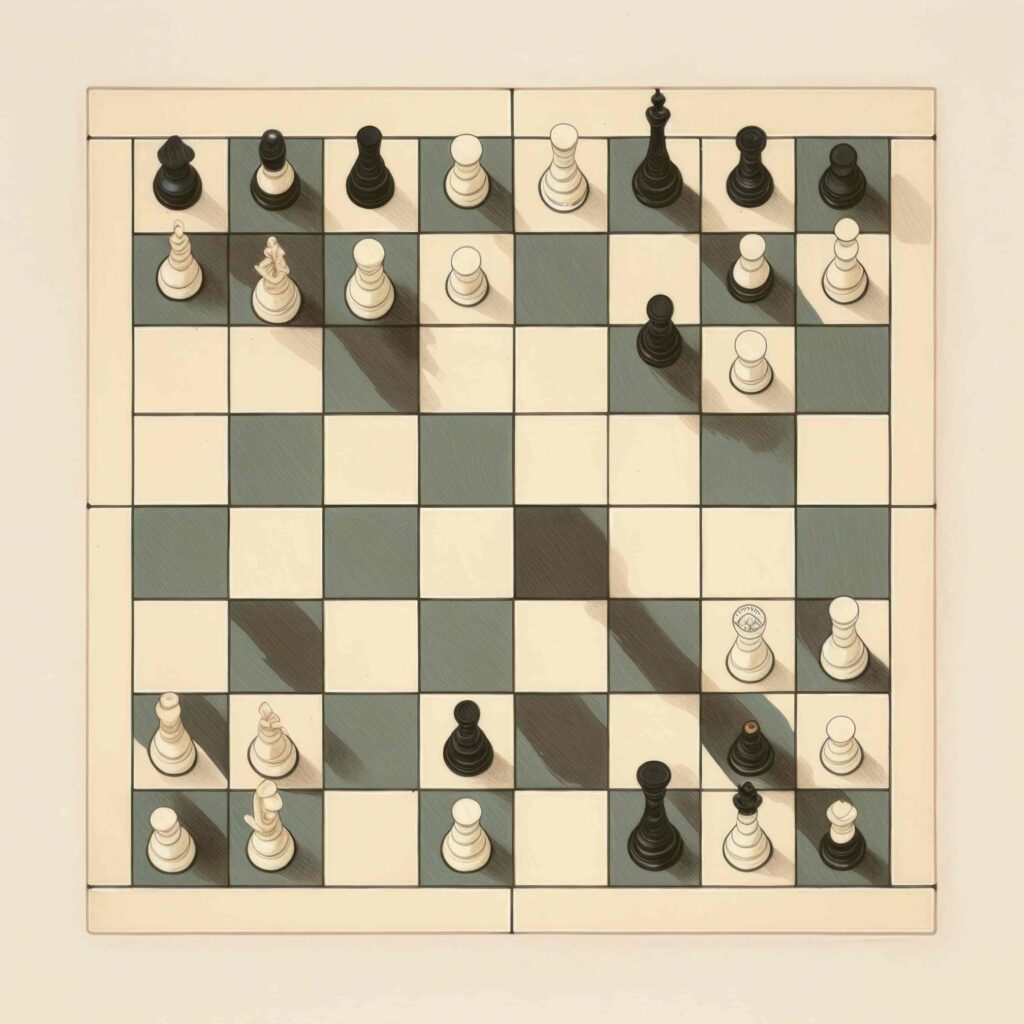Behavioral Strategy is the process of ensuring that a rigorous understanding of human behavior and psychology is incorporated into the plans of new projects and products.
To do this, behavioral strategists go through an in-depth analysis and strategy process.
The Behavioral Strategy Process:
- Step 1: Define the Goal
- Step 2: Define the User
- Step 3: Behavioral Research
- Step 3a: Situational Survey
- Step 3b: Behavioral Audit
- Step 3c: Worldview Analysis
- Step 4: Behavior Matching
- Step 5: Behavioral Innovation (conditional step)
- Step 6: Product Design and Development / Project Implementation
Applying Behavioral Science Where It Counts
Once a project has been launched, it’s very hard to make any substantive changes. For example, once a product has been designed and built, it’s a huge task to change the feature set. Most products are dead before they’re released. They’re designed and conceptualized with an inaccurate understanding of human psychology and behavior. The goal of Behavioral Strategy is to infuse any new project or product with this understanding from the beginning.
A competent behavioral strategist will be able to ensure that the product or project 1) encourages the right behavior for the given goal and audience 2) is built to have the highest probability of behavior change possible.
If you’re looking to create your own Behavioral Strategy, check out this article. It will give you a step-by-step overview of the Behavioral Strategy process.
If you’re looking to hire a behavioral strategist, please send me an email. I can connect you with someone great.





